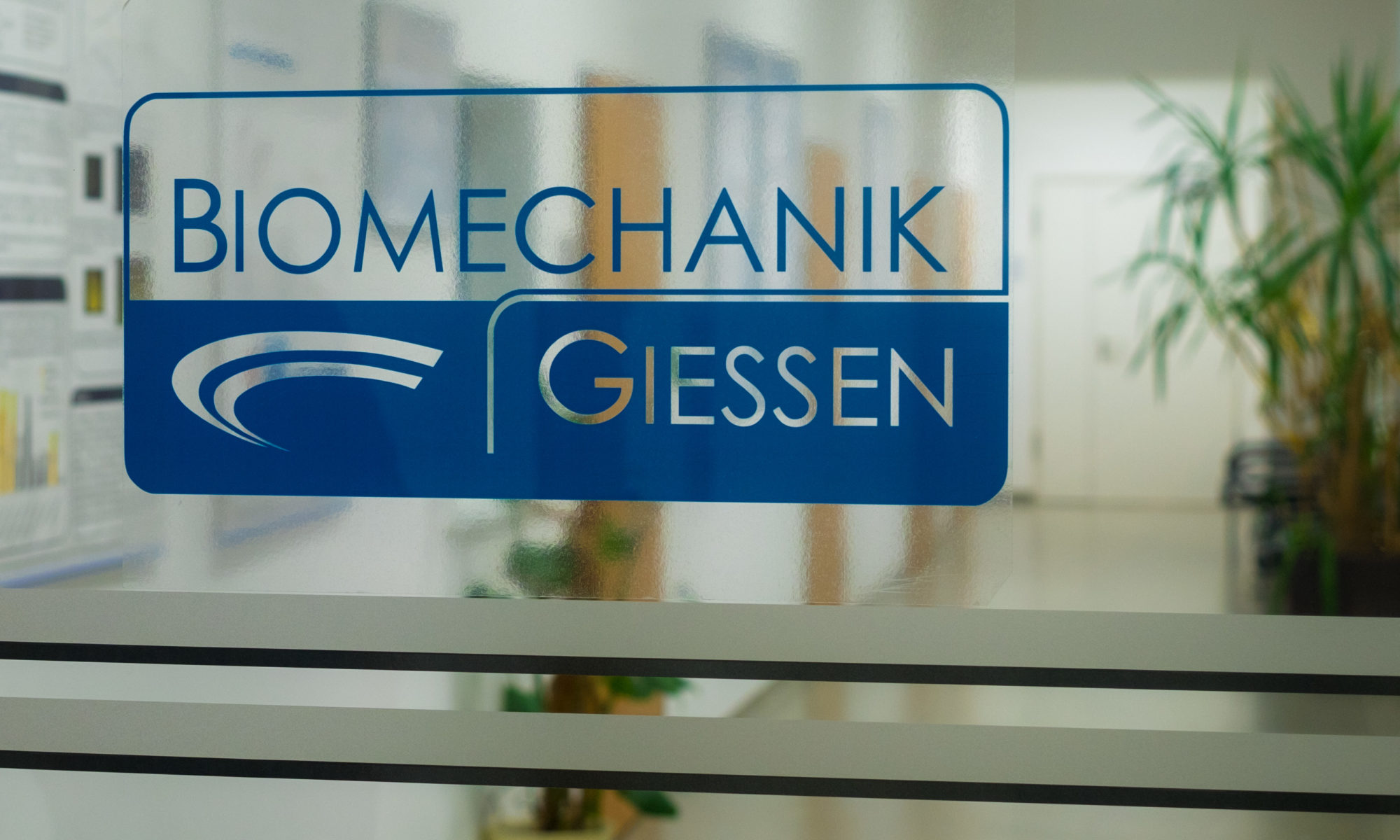Jahnke A 1 , Müller F 2 , Fonseca Ulloa CA 2 , Rickert M 3 , Werner BS 4 , Gohlke F 4
Clin Biomech (Bristol, Avon). 2021 Feb:82:105283.doi: 10.1016/j.clinbiomech.2021.105283 . Epub 2021 Jan 26.
- Laboratory of Biomechanics, Justus-Liebig-University Giessen, Klinikstrasse 29, 35392 Giessen, Germany. Electronic address: alexander.jahnke@ortho.med.uni-giessen.de.
- Laboratory of Biomechanics, Justus-Liebig-University Giessen, Klinikstrasse 29, 35392 Giessen, Germany.
- Laboratory of Biomechanics, Justus-Liebig-University Giessen, Klinikstrasse 29, 35392 Giessen, Germany; Department of Orthopaedics and Orthopaedic Surgery, University Hospital Giessen and Marburg (UKGM), Klinikstrasse 33, 35392 Giessen, Germany.
- Department of Shoulder Surgery, Rhoen Clinics, Bad Neustadt, Germany.
Abstract
Background: Revision reverse shoulder arthroplasty (RSA) poses considerable surgical challenges. We hypothesized that a newly developed press-fit stem, which is modeled on the medullary canal of the supracondylar region of the distal humerus by a slight distal bend, achieve both correct fit and sufficient primary stability and that additional distal fixation by interlocking screws is favorable in case of advanced humeral bone loss.
Methods: A modular tapered press-fit stem was implanted in 16 Sawbone humeri in three consecutively created defect situations (200 mm (experimental group type 3°), 160 mm (type 4°) and 120 mm (type 5°) bone length above the epicondylar line. In experimental groups type 4° and 5°, additional distal interlocking screw fixation with one to three screws was tested. Primary stability was investigated by measuring micromotions with a high-precision rotational setup.
Findings: Highest relative micromotions were noted at the proximal end in experimental groups type 3° and type 4°, whereas in type 5° highest micromotions could be seen at the distal end. Overall micromotions were significantly lower in type 3° and increased with extended defect size. In experimental group type 5°, micromotions increased with reduced additional distal screw fixation.
Interpretation: The examined press-fit stem did not provide sufficient primary rotational stability in all constructs without additional support. Advanced distal humeral bone loss had a strong impact on primary fixation. In experimental group type 5° with 120 mm bone remaining, it might be beneficial to use three distal interlocking screws in the supracondylar region in order to neutralize torque and to avoid early loosening.
Keywords: Humeral bone loss; Primary stability; Revision RSA.
